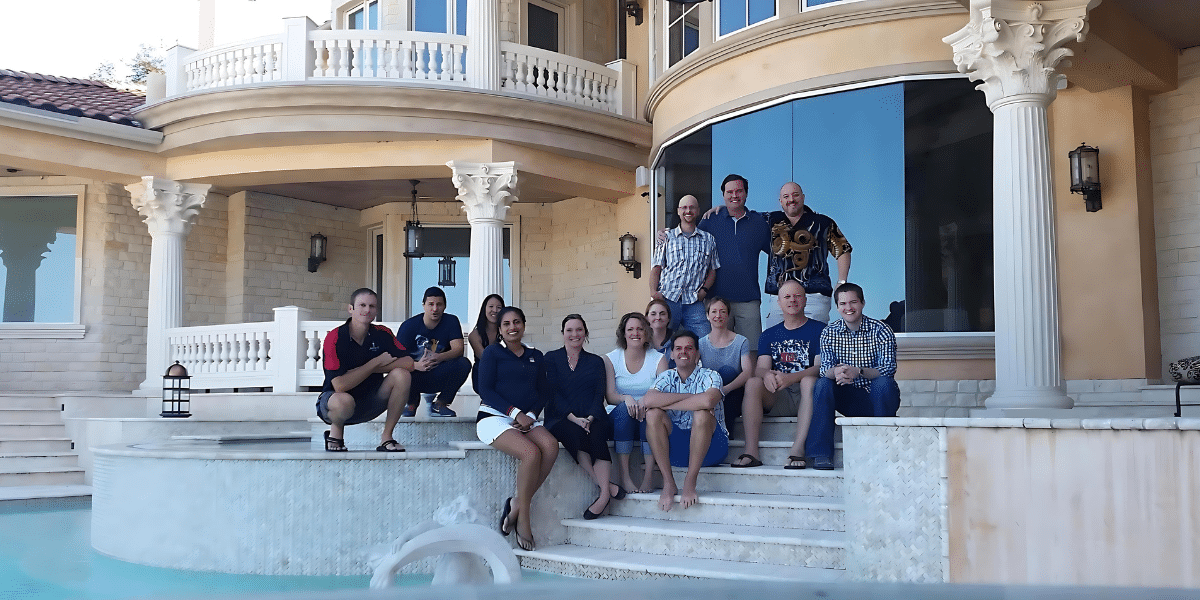The Value of Urban Green Spaces
Howdy, Texans! When you think of the Lone Star State, you might picture wide-open spaces and sprawling ranches, but did you know that our cities are also home to some amazing urban green spaces? From vibrant parks to lush gardens, these green havens provide residents with a place to relax, play, and connect with nature right in the heart of the city. In this article, we’ll explore the importance of urban green spaces and how they’re being enhanced to create healthier, more sustainable communities in Texas.
Urban green spaces play a crucial role in enhancing the quality of life for city dwellers. Not only do they provide opportunities for recreation and relaxation, but they also offer environmental benefits such as improving air quality, reducing urban heat island effects, and mitigating stormwater runoff. Additionally, green spaces provide habitat for wildlife, support biodiversity, and contribute to the overall health and well-being of urban residents.
Enhancing Parks and Recreation Areas
One of the primary ways that Texas cities are enhancing urban green spaces is by investing in parks and recreation areas. This includes things like adding walking and biking trails, installing playgrounds and sports facilities, and creating community gardens and picnic areas. By improving access to recreational opportunities, cities can encourage physical activity, social interaction, and a sense of community among residents of all ages.
Green infrastructure refers to the use of natural systems, such as parks, wetlands, and green roofs, to manage stormwater, reduce flooding, and improve water quality in urban areas. Texas cities are increasingly recognizing the importance of green infrastructure in addressing environmental challenges such as flooding and drought. By incorporating green infrastructure into urban planning and development, cities can create more resilient, sustainable, and climate-resilient communities.
Promoting Urban Forestry and Tree Canopy
Trees play a vital role in enhancing urban green spaces and providing numerous benefits to cities and their residents. Texas cities are investing in urban forestry programs to plant and maintain trees along streets, in parks, and in public spaces. Trees help to improve air quality, reduce energy consumption, provide shade and cooling, and enhance the beauty and livability of urban environments. By promoting urban forestry and increasing tree canopy cover, cities can create healthier, more resilient communities for all.
Successful urban green space enhancement projects rely on the participation and support of local communities, businesses, and organizations. Cities are engaging residents through community meetings, workshops, and outreach events to gather input and feedback on green space projects. Additionally, cities are forming partnerships with nonprofit organizations, businesses, and government agencies to leverage resources and expertise in implementing green space initiatives. By working together, communities can create vibrant, inclusive, and sustainable urban green spaces that benefit everyone.
Creating Vibrant and Sustainable Cities
Urban green spaces play a vital role in creating vibrant, healthy, and sustainable cities in Texas. By enhancing parks and recreation areas, investing in green infrastructure, promoting urban forestry, and engaging communities, cities can create environments that support the health, well-being, and quality of life of residents while also addressing environmental challenges. So let’s celebrate our urban green spaces and work together to ensure that they thrive for generations to come!





